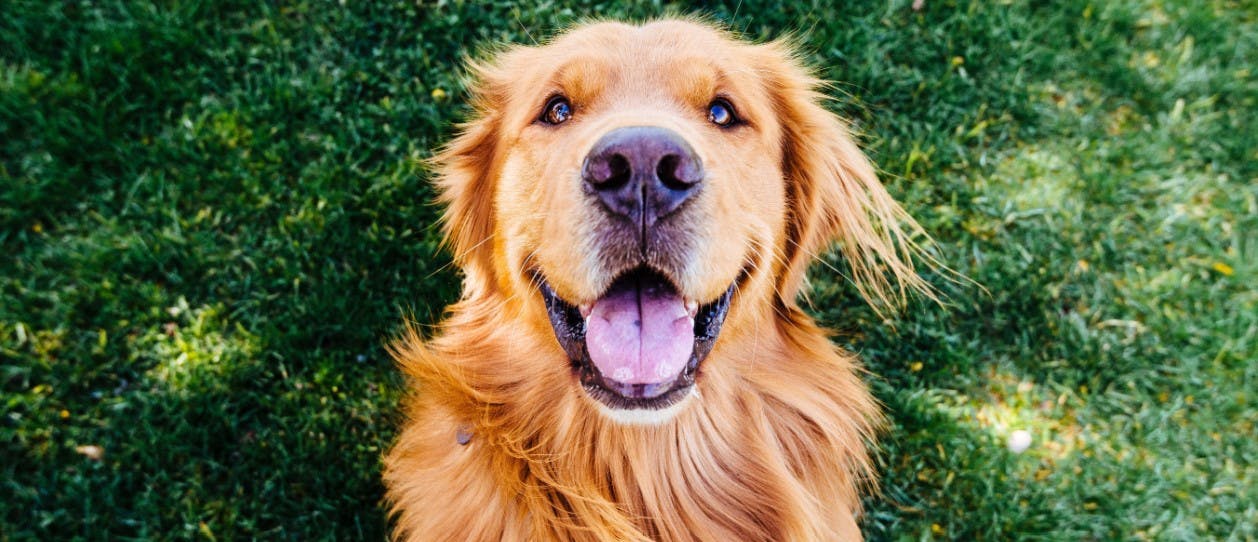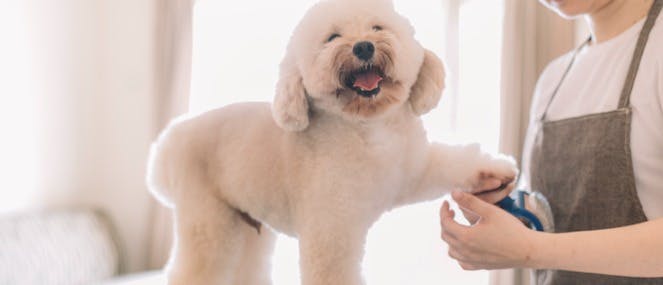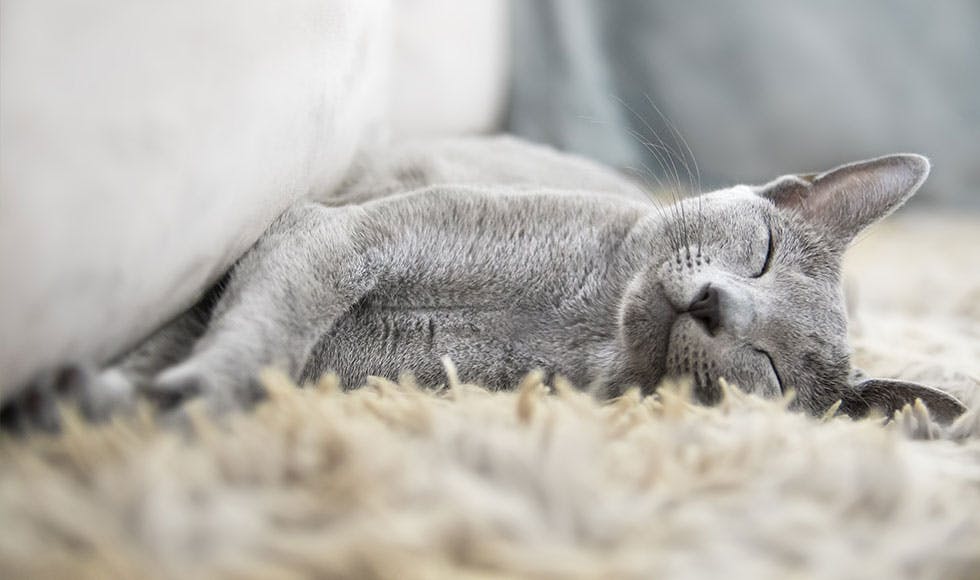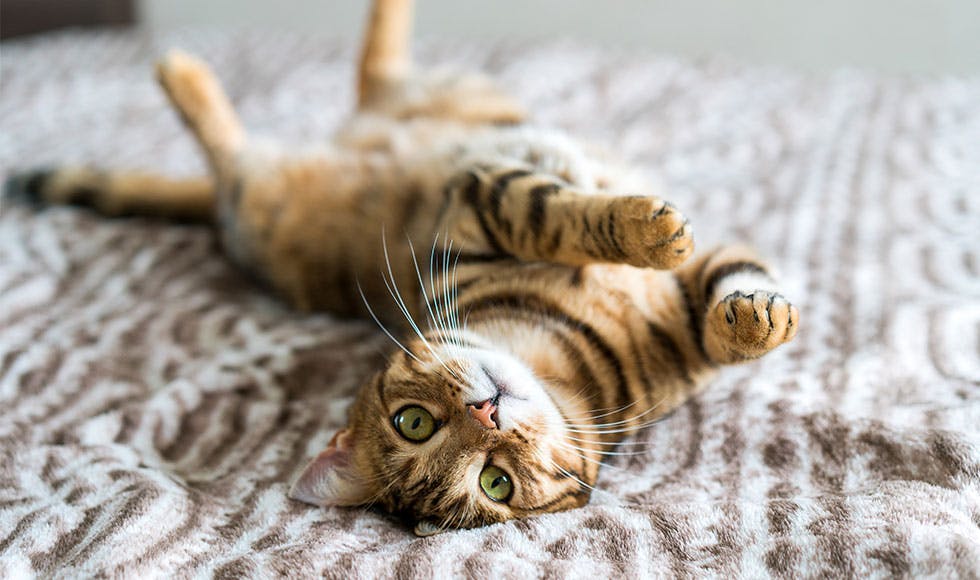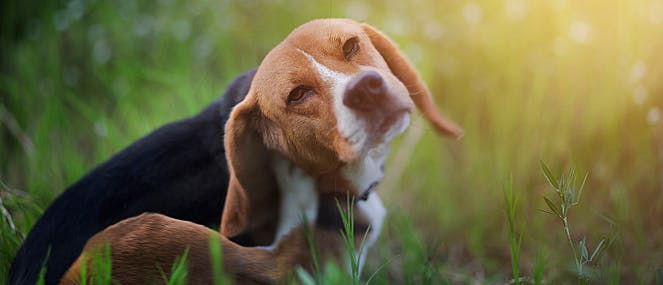
- A Guide To Perfect Your Pet's Health/
- Choose the Right Products to Groom Your Dog/
- Grooming Issues Solved, from Dog Moulting to Matting
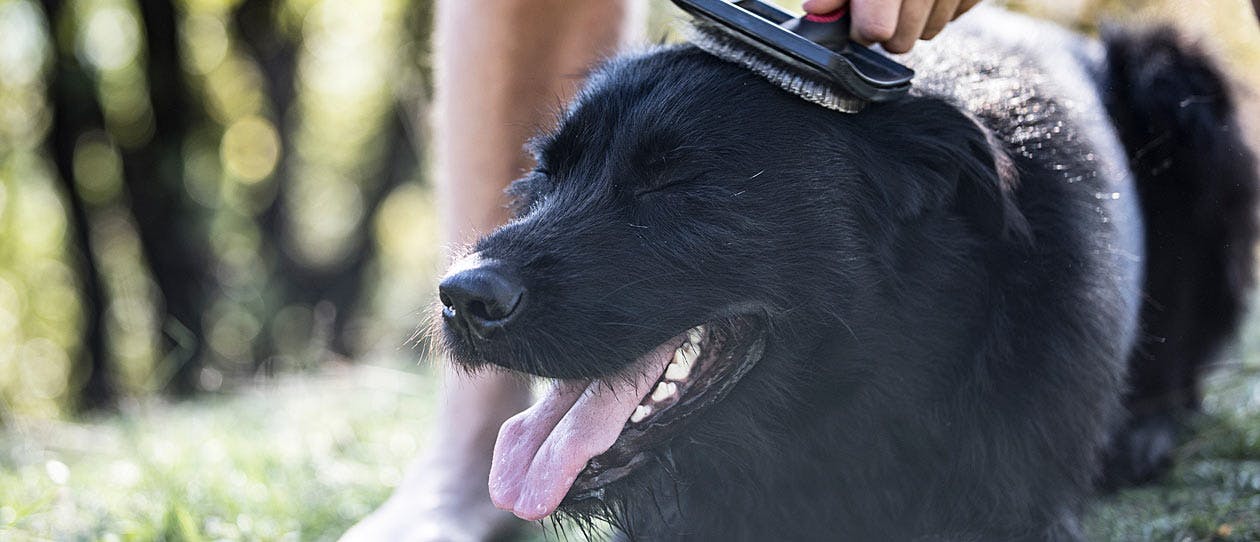

Your dog grooming questions answered
Grooming your dog is essential, for more than one reason. It not only helps your pet stay healthy and happy, but it also keeps your house clean, reducing your chance of succumbing to allergies and skin irritations in the process. It’s important to be prepared with knowledge about the grooming specifics for your dog’s breed, and make sure you have all the necessary tools and amenities at hand, whether that’s nail clippers, a good grooming brush, or shampoo and conditioners low in sulphates, but high in moisturising elements.How do I stop my dog from moulting?
Dogs shed hair – it’s normal to lose old and damaged hair, particularly when the weather warms up and there’s no longer the need for a thick coat. A healthy dog will never stop shedding, so you’ll still need to worry about dog moulting in winter, but there are ways to minimise the amount of hair that is lost and left behind on your floors, clothes and the sofa.How to choose the best dog grooming
The key is simple: brushing. Your dog’s breed, as well as length and type of hair, will dictate what sort of dog grooming brush or dog moulting comb is necessary. As a general rule:- Wide-toothed comb: Ideal for small dogs or pets with skin irritations, as the wide teeth remove hair more gently than a fine-toothed comb.
- A slicker brush: This is great for long-haired, dense-coated dogs, as the fine metal bristles are angled to safely and painlessly reach deep into the coat to remove dead hair and tangles.
- Bristle brush: These versatile brushes not only remove dead hair but also feel good on your dog’s skin, stimulating the production of oils for a healthy coat.
- Pin brush: These are good to remove hair and release tangles in medium-haired dogs.
- Rubber brush: Great if your dog has short hair – they remove dirt and stimulate circulation at the same time.
How do I remove matted dog hair?
Matted hair can be painful for your pooch, pulling on the skin and causing irritation and rashes as it continues to tangle. Dog dreadlocks also attract dirt and parasites, so they’re potentially contributing to serious health conditions.The best way to handle dog grooming for matted hair is to avoid it in the first place. Matted hair forms mainly when dogs get wet without first being brushed. So, before you go to the beach, head out in the rain or give your dog a bath, make sure you give your furry friend a brush.
If you discover matting during a bath, pick up a comb and a conditioner, like PAW Conditioning & Grooming Spray. You can spot dry your dog with a towel, but using a hair dryer will help break up tangles even further. Then, when dry, give your pooch another brush just to be sure. Pay particular attention to areas that get matted easily due to friction: behind the ears and legs, in the armpits, on the undercarriage, and where collars or halters rub.
Cutting matted dog hair
If matting is severe you may need clippers to get rid of the dreadlocks. Groomers recommend you avoid cutting matted dog hair with scissors, as the tangles may be attached to your dog’s skin.A good diet also helps your dog maintain a healthy coat that’s less likely to result in matted hair. Try to introduce omega-3 or fish oil into your pup’s diet, through food or supplements, such as PAW Dermega Omega 3 & 6 Oral Supplement.
When should I clip my dog’s nails?
As soon as you can hear them, or see them, touching the ground, you should tidy your dog’s nails. For most dogs this is every one to two months, but some require more frequent claw clipping. Think twice before you reach for your personal nail scissors to do the job however – your dog has a double layer of nail that makes it tough to cut through. You’ll need to invest in some specially designed clippers to avoid breaking your dog’s nails or creating painful tears down to the quick.
Read our complete guide to dog nail cutting.
Is bathing my dog once a month enough?
While most humans shower every day, it’s not necessary to bathe your dog with the same frequency. Washing your dog means getting rid of dirt (important if they sleep inside with you) and allows you to check for bumps, fleas and skin irritations. But it can be unhealthy to wash your dog too often, as this can lead to irritation and dryness, and strip your dog’s hair of the natural oils produced by the skin. So, how often is too often, and what’s not enough?Your pup’s bathing routine depends on:
- Hair length: Long hair is susceptible to trapping dirt and debris, and may need more frequent washing as a result.
- Indoor versus outdoor: For your own wellbeing, you don’t want your dog sleeping on your bed if it has been rolling around in the dirt all day.
- Skin conditions: Some allergies and rashes have special bathing requirements. Read our complete guide to dog rash.
Should I clean my dog’s ears and teeth?
Grooming your dog extends well above giving it a bath and a brush. Most vets recommend brushing your dog’s teeth every second day. While you’re doing so, check for any gum issues as well as cracked and loose teeth. You shouldn’t use your nail scissors on your pooch, and the same applies for your toothpaste. Pop into the pet store to pick up a paste formulated especially for your furry friend.Like many grooming habits, how often you clean your dog’s ears depends on its breed, coat, level of activity, age and earwax production. Try and clean them at least once a month, but monitor build-up in between. Use natural, irritant-free products like PAW Gentle Ear Cleaner.

